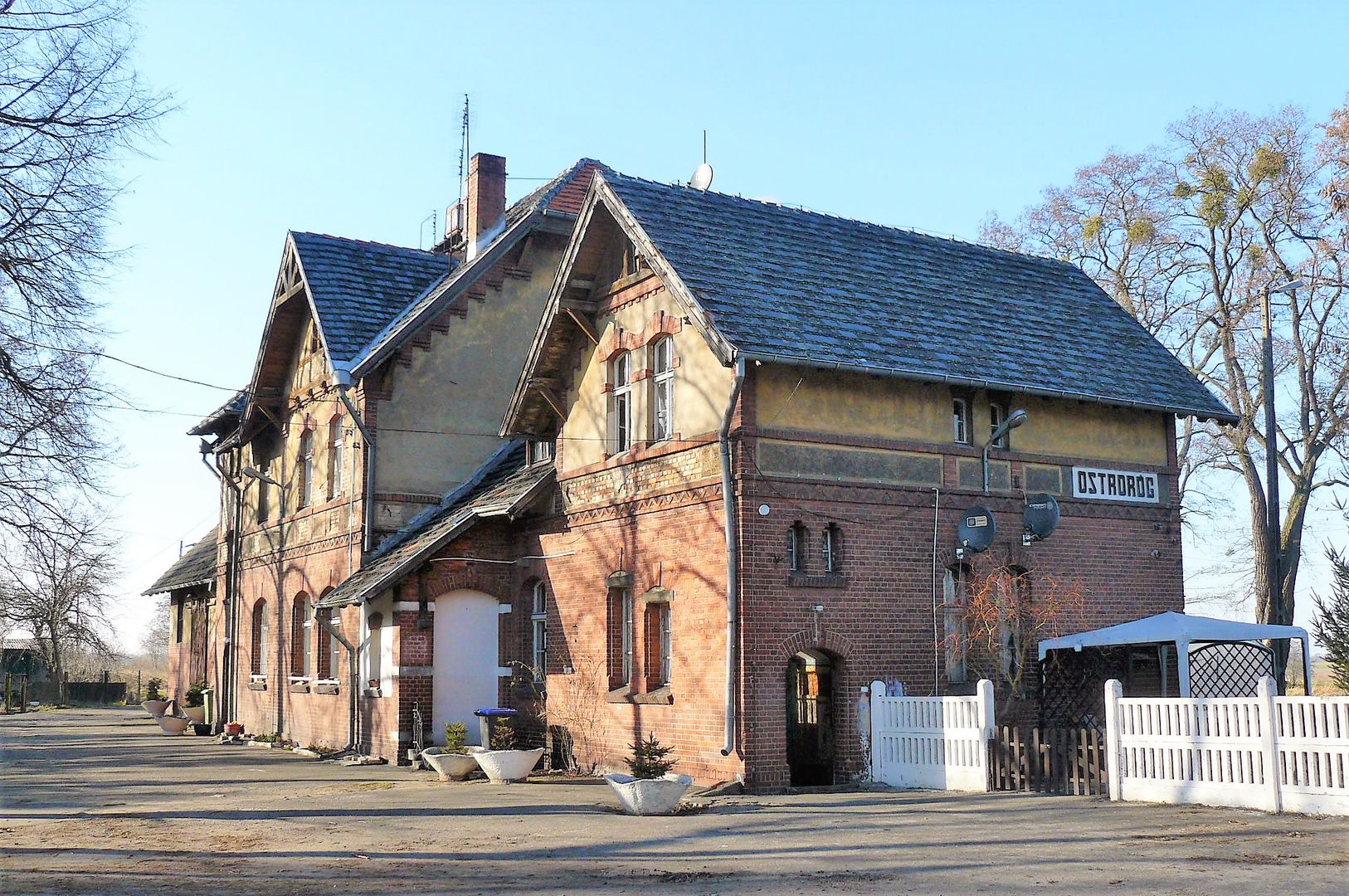Ostroróg
6.84

Overview
Ostroróg, located in the Greater Poland Voivodeship, is one of the smallest towns in Poland, boasting a rich history dating back to at least 1383. The town is known for its well-preserved urban layout and the ruins of a castle that once served as the seat of the Ostroróg family. In the 15th century, the castle, surrounded by a moat and defensive ramparts, was an important defensive and administrative stronghold. Ostroróg was granted town rights before 1412 and operated under Magdeburg Law, which influenced the town's legal and social culture. In the 16th century, the town became a center of the Reformation due to the arrival of the Bohemian Brethren, who established a congregation and significantly impacted the cultural and educational life of its residents. The town had a school and a hospital, as well as an archive and a significant library. In later periods, Ostroróg changed hands among various owners, shaping its socio-economic structure. In the 18th century, the castle was demolished, and its materials were used to build a brewery. Over the centuries, Ostroróg was a hub of intense trade, with royal trading privileges contributing to the development of the local economy. In the 20th century, the town held significant local importance and continues to function as a commercial and service center. Over the years, Ostroróg experienced population growth, but by the turn of the 20th and 21st centuries, it stabilized at around 2,000 residents. Carefully developing architecture, with important sites such as the Church of the Assumption of the Blessed Virgin Mary, the former town hall building, and the railway station, forms the cultural heritage of the town. Ostroróg also features places tied to tradition, such as the statue of St. John of Nepomuk and various roadside crosses, which enrich its cultural landscape. Today, Ostroróg is a place of cultural and sports activity, with the sports club UKS Nałęcz and an elementary school, giving the town significant social potential. It is also worth emphasizing that, despite its small size, the town serves as an important transportation and administrative hub in the region.
Location
You can also find here:
2025 Wizytor | All Rights Reserved
